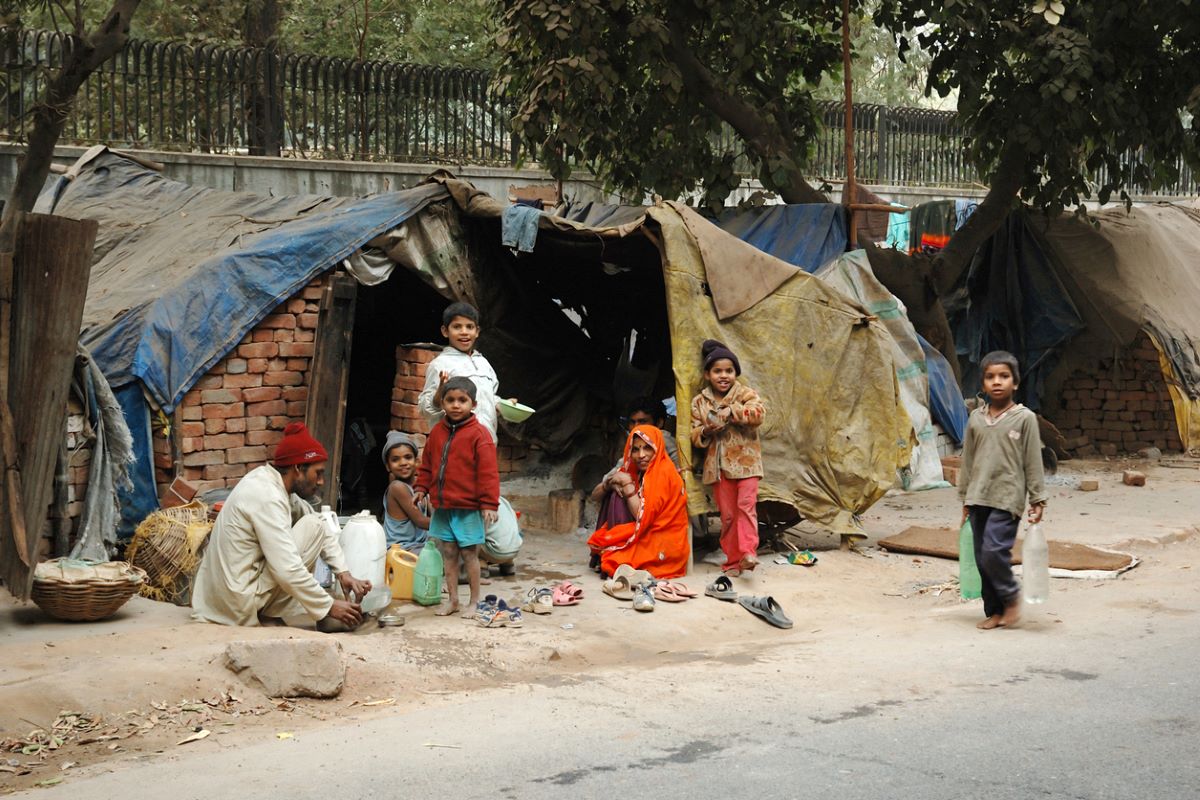There is a raging debate on poverty levels in the country among that arcane group known as Indian economists. The argument centres around which dataset is the most credible to base assessments on whether poverty has increased or decreased over varying time spans ~ from 20 years to two.
But neither side is claiming that poverty has been eradicated or even that the number of Indians living on under $2 a day is not significant. Which brings us to the real-life impact on our fellow citizens attempting to survive on such meagre means. In this respect, there are useful learnings from the USA on how to deal with the causative implication of exposure to poverty ~ measured on metrics of homelessness, food security, and hygiene poverty ~ on mental health. India has begun to address some of these issues ~ the Pradhan Mantri Awas Yojana, the National Food Security Act, Midday Meal Scheme, and Swachh Bharat Abhiyaan are laudable initiatives that often don’t get the credit they deserve.
Advertisement
While these programmes are designed to lessen the incidence of poverty, its consequences on mental health are rarely dealt with given resource constraints. A recent paper by the Brookings Institution’s Stuart M. Butler and Nehath Sheriff underlines the impact of the US’ Housing First program, which shows that providing stable housing can improve the efficacy of psychiatric and substance abuse treatment as well as aid in connecting individuals to social services.
The authors assert there is a close connection between homelessness and mental health. Since the start of the Covid-19 pandemic, homelessness and associated behavioural health issues have increased in the USA ~ and there is no reason to assume the situation is any different in India. US Substance Abuse and Mental Health Services Administration data suggests between 20 and 50 per cent of the homeless have serious mental illness.
Additionally, official estimates (2021) are that over 34 million Americans, including nine million children, were living in households that did not have enough to eat. Many of these families do not qualify for federal nutrition programs and are dependent on food banks or community donations. A national study quoted by Butler and Sheriff found that food insecurity was associated with a 257 per cent higher risk of anxiety and a 253 per cent higher risk of depression among low-income families.
Mothers and children appear to be at an especially high risk of mental health distress associated with food insecurity. Inequitable access to personal care and hygiene products is an overlooked public health crisis, add the authors; data is limited on the mental health implications of what is widely described as “hygiene poverty.” A 2021 study found a link between women struggling to afford menstrual products and depression ~ for young women in low-income households, this added stress in their daily lives is a significant factor in their mental health.
Given these findings, Indian policymakers could consider addressing mental/behavioural health issues among the poor by integrating the effort, possibly under the aegis of the Ayushman Bharat (PM-JAY) scheme, with the four flagship initiatives mentioned above. This would improve the quality of our human resources which, in turn, will have positive effects in the social, economic, and psycho-cultural domains.
















